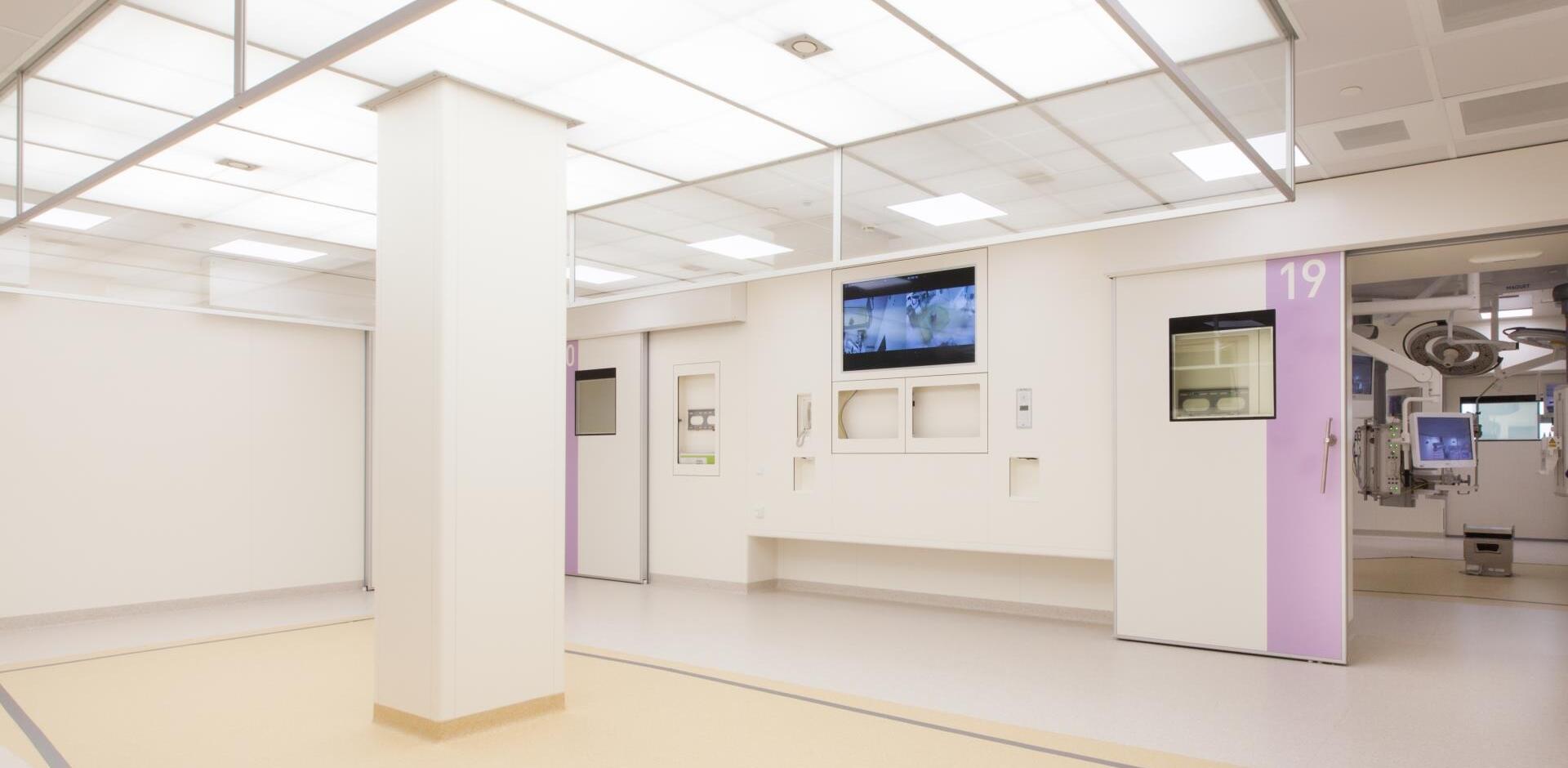At Metaflex, we employ advanced technologies and sustainable materials to ensure that our hermetic doors meet the appropriate standards. This can be achieved in the following ways:
- Pressure Difference Method: One of the most common methods for testing the air tightness of hermetic sliding doors is by creating a pressure difference between both sides of the door. This can be done using fans or blowers to blow or suck air on one side of the door to create a standardized pressure difference.
- Smoke Tests: A visual method to identify air leaks is by introducing smoke or a similar substance on one side of the door and observing if smoke appears through cracks or openings on the other side.
- Thermographic Inspection: Using a thermographic camera, temperature differences caused by airflows through the door can be visualized. This assists in identifying areas where air tightness can be improved.
- Door Leaf Deformation Test: Specifically for hermetic doors, it is sometimes checked whether the door leaf deforms too much under pressure differences, which could affect the hermetic seal.
Air tightness Classifications
The air tightness of hermetic sliding doors is typically classified into classes according to the European standard EN 12207 or similar international standards. These classes indicate the amount of air that passes through the door per hour at a specific pressure difference. Here are the general classes:
- Class 1: Lowest air tightness. Suitable for situations where air tightness is a lesser priority.
- Class 2: Medium air tightness. Suitable for general use in hospitals where a certain degree of air tightness is required, but where strict control is not necessary.
- Class 3: Above average air tightness. Recommended for environments where sterile conditions are essential.
- Class 4: High air tightness. The highest class, suitable for critical applications where maximum control over airflow and contamination is necessary, such as operating rooms, isolation rooms, or ISO 4/5 spaces.
The specific requirements for each class can vary depending on the standard and the application of the door. It is important for manufacturers and installers of hermetic sliding doors for hospitals to adhere to these classifications and associated testing methods to ensure a safe and hygienic environment.
At Metaflex, we not only ensure compliance with the right standards but also contribute to a safer and more hygienic environment for your hospital or medical facility! Want to know what Metaflex can do for you? Request free advice here!



